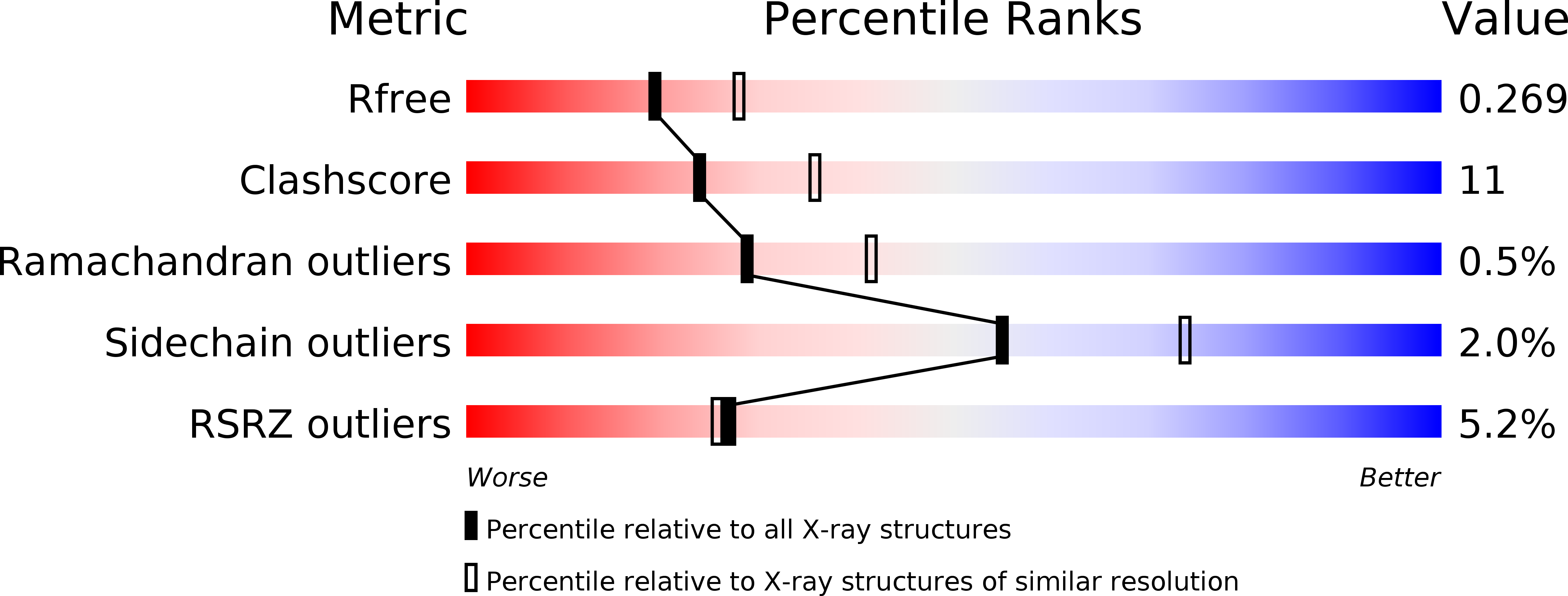
Deposition Date
2010-08-19
Release Date
2010-11-03
Last Version Date
2023-09-06
Entry Detail
PDB ID:
3OIQ
Keywords:
Title:
Crystal structure of yeast telomere protein Cdc13 OB1 and the catalytic subunit of DNA polymerase alpha Pol1
Biological Source:
Source Organism:
Saccharomyces cerevisiae (Taxon ID: 4932)
Host Organism:
Method Details:
Experimental Method:
Resolution:
2.40 Å
R-Value Free:
0.27
R-Value Work:
0.22
Space Group:
P 21 21 2


